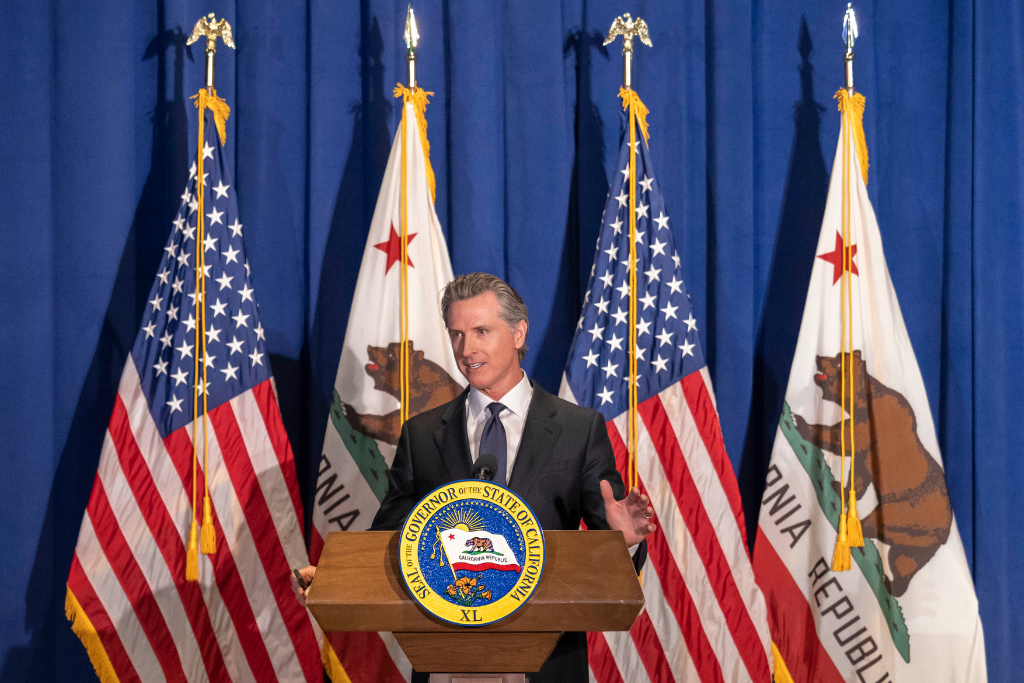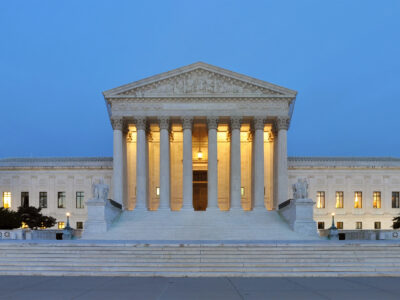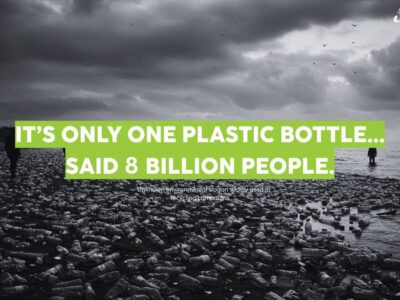Climate Takeaways from Newsom’s Budget Proposal
The Governor’s proposed 2025-26 budget would tap the recent voter-approved climate bond and seek new emergency funds.

For more than a month, California has worked at “Trump-proofing” the State budget. Now you could say the Governor is looking to fire-proof it too.
On Friday, as wildfires continued to rage across Southern California, officials from the California Department of Finance presented the Governor’s proposed 2025-26 budget. Earlier in the week, the Governor—who has been here in the Southland managing wildfire response and didn’t present the budget himself as he typically does—foreshadowed a very modest budget surplus, but didn’t provide many specifics about what that would mean for key programs, including the state’s efforts on climate change and environmental protection.
Friday’s proposal offered a bit more detail, although some big questions continue to loom. The biggest, perhaps, is what the ongoing fires will mean for the State’s finances. That was the focus of a number of questions at the budget unveiling press conference. The answer to that question still isn’t clear, but administration officials did paint a picture of the kinds of wildfire and climate-related spending they planned to prioritize in the coming fiscal year.
Here are some key takeaways:
- Prop 4 offers a new source of funds for climate spending, and the Governor wants to start using it. In November, the voters passed Prop 4, a $10 billion climate bond, and on Friday Newsom unveiled his plan to spend $2.7 billion of that money. While the Governor proposed that some bond resources go towards covering pre-existing commitments, that would free up General Fund dollars, allowing, at least in theory, additional climate spending. The good news here: availability of climate bond funds staved off further cuts to the $54 billion climate package that passed a couple of years ago, and the Newsom administration seems committed to continuing progress. Notably, proposed climate bond expenditures included $325 million in wildfire-related spending, including over $59 million for local fire prevention grants and roughly $9 million for the CALFIRE and Office of Emergency Services-managed Wildfire Mitigation Program. Newsom also proposed using the climate bond to free up General Fund dollars that had previously been committed to measures like land stewardship, dam safety, and water recycling.
- The fiscal implications of the wildfires are top of mind. The Department of Finance noted spending that had already occurred to expand CALFIRE capacity, touting the addition of 2,400 new firefighters and better technology, including advanced mapping and detection systems, this past year. The budget presentation also flagged a $380 million one-time investment in additional fire suppression capacity through the purchase of 16 new helicopters and 7 new air tankers. The Newsom administration reiterated its commitment to ongoing funding for firefighting needs using both climate bond and General Fund dollars. On Monday, the Governor issued an Executive Order expanding the scope of the “Trump proofing” special session he convened in January, proposing legislation that would provide $1 billion in emergency response funding and commit another $1.5 billion from the climate bond for wildfire preparedness efforts. The Newsom administration has also continued to signal that the financial impact of the wildfires—including on next year’s budget, as LA County residents receive a tax filing extension as a result of the emergency—remains unknown at this point. The Governor’s office says that $1 billion for emergency response should be eligible for reimbursement by the Federal Emergency Management Agency. Although President Biden approved a major disaster declaration for LA County, along with the federal aid that brings, longer-term disaster assistance will need to come from a Trump administration.
- Big conversations about energy affordability and the Cap-and-Trade Program are on their way. The budget proposal gestured at the energy affordability questions that have been occupying legislators for at least the past year, and at the coming reauthorization process for California’s Cap-and-Trade Program, itself a significant source of revenue for climate spending through the Greenhouse Gas Reduction Fund (GGRF) that collects proceeds from allowance auctions. Right now, about 60 percent of the GGRF is continuously appropriated, with nearly a quarter of the funds going to high-speed rail, a point of contention. The Governor didn’t offer a proposal for how GGRF proceeds would be spent in coming years but acknowledged that GGRF spending will play a pivotal role in conversations around reauthorization, which he suggested should happen sooner, rather than later, to provide stability to the Cap-and-Trade market. Similarly, the Governor highlighted the need to work collaboratively with the Legislature to bring constituents’ utility bills down—but didn’t offer any concrete proposals about how to do that. These conversations will be ones to watch in the coming months.
The release of this proposal kicks off formal negotiations between the Governor and the Legislature over the budget, which must pass by midnight on June 15 for legislators to continue collecting a paycheck. Given the scale of the damage in Southern California and uncertainty about how California’s relationship with the incoming presidential administration will unfold, this year’s budget process will be anything but predictable.







Reader Comments